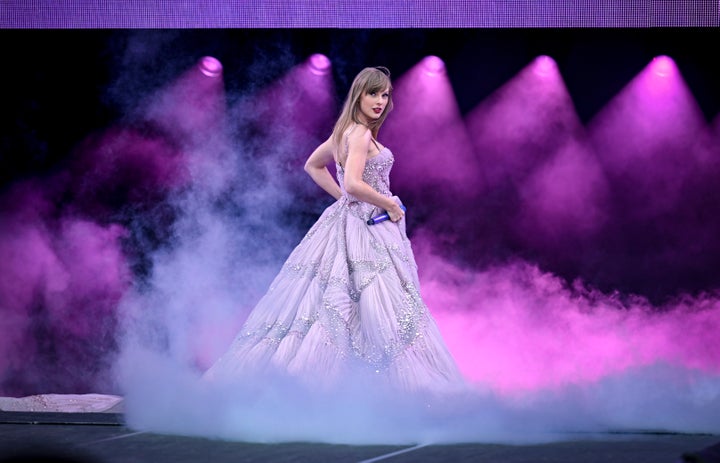
If you feel curmudgeonly for thinking “They don’t make hits like they used to,” be reassured; science has (somewhat) got your grumbling back.
Earlier this year, a study came out looking at over 12,000 songs’ “lexical, linguistic, structural, rhyme, emotion, and complexity descriptors.”
The scientists behind the research found that “lyrics have become simpler over time regarding multiple aspects of lyrics: vocabulary richness, readability, complexity, and the number of repeated lines.”
And it turns out that pop songs have gotten shorter, too. The Washington Post shared that the average length of songs in the 1990s was 4:14; in the 2020s, it’s dropped to 3:15.
Why’s that?
Songs like Taylor Swift’s Midnight Rain ― which runs for a mere 2:45 ― could be factoring social media and streaming platforms into their production.
Speaking to The Guardian in 2019, Mark Ronson said, “all your songs have to be under three minutes and 15 seconds because if people don’t listen to them all the way to the end they go into this ratio of ‘non-complete heard’ which sends your Spotify rating down.”
The New York Times says, “From Spotify to TikTok, the goal is to create music that will grab a listener’s attention from beginning to end” ― in practice, that means “to keep streaming consumers engaged, it is increasingly common for songs to begin in medias res — with a hook, followed by a hook and ending with another hook.”
“To maximise revenue, Top 40 songs have gradually been getting shorter — with more and more coming in around the two-minute mark, as opposed to the more traditional three minutes and 30 seconds,” they added.
So... it’s all tech’s fault?
Yes, partly, but it was also tech’s fault songs were so long in the 1990s, and so short in the 1950s.
The Washington Post shared that the average song length in the ’50s was a measly 2:46 (far lower than the 2020s’ 3:15).
Why? Vinyl couldn’t handle long songs.
“A 45-rpm single could hold only about five minutes of music. Exceeding this often meant a dip in sound quality,” they shared, while “radio edits typically shortened songs to around three and a half minutes to accommodate advertising and news segments.”
By the ’80s, CDs and tapes came in and were far longer. Customers bought the object containing the song, whereas before advertisers bought the attention of the listeners via radio time.
If anything, the lengthy, free-flowing hits of the ’80s and ’90s were the anomaly.
Ultimately, professor of musicology at Berklee College of Music Joe Bemett said, “You’ve got artists and technologies working in tandem and then artists responding to other artists. … That’s how the culture and the songwriting craft evolves.”
